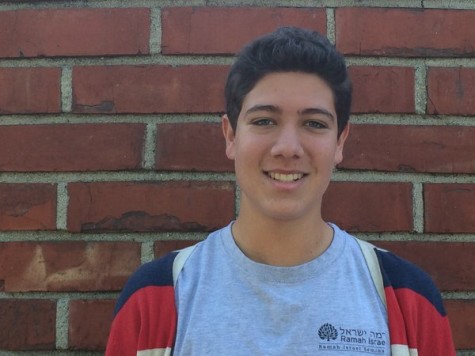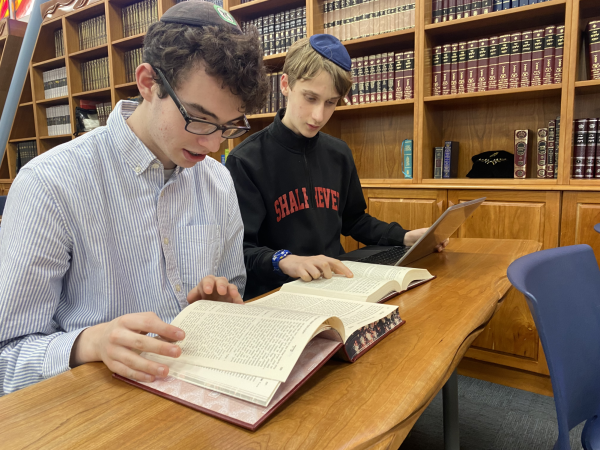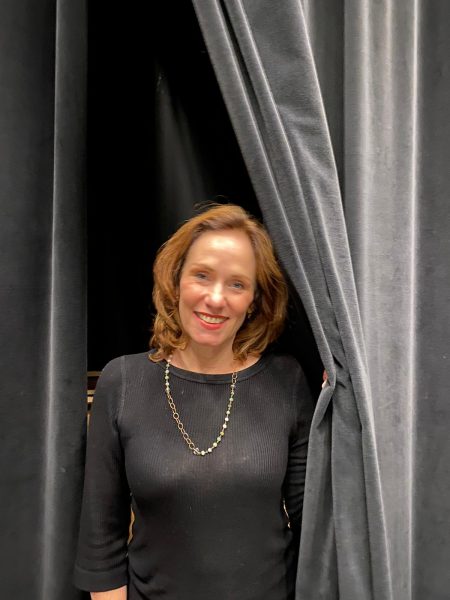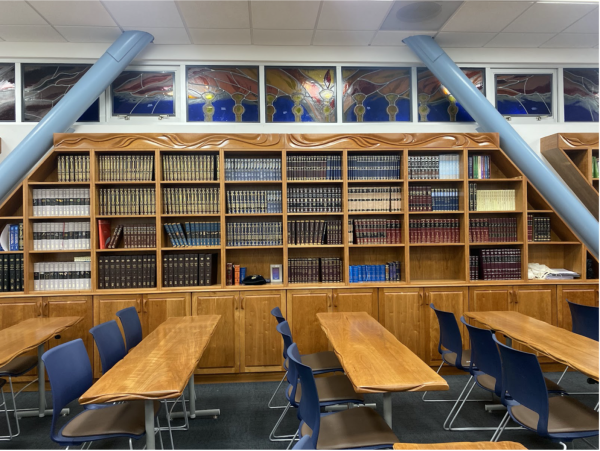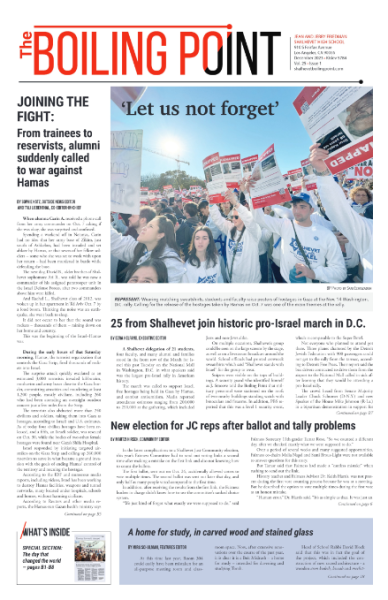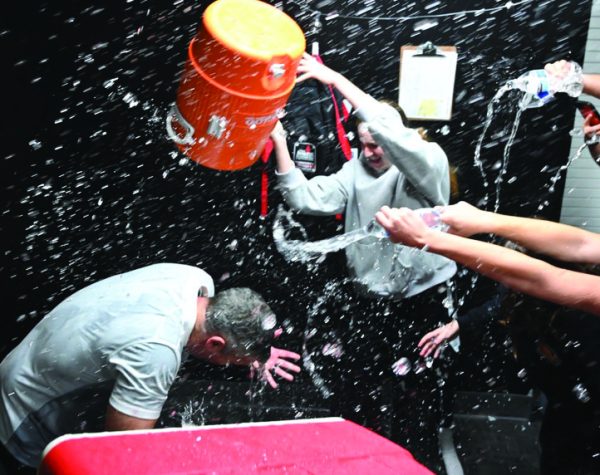Some variety in how Modern Orthodox schools see tefillin issue

November 16, 2013
Out of six other Modern Orthodox high schools contacted by The Boiling Point, only one has ever allowed women to wrap tefillin at school, and that was 20 years ago. A second wouldn’t say because it was an active question at Shalhevet, and a third said it would depend on the details.
“We do not have a current policy on the matter as it has not come up in recent memory,” said Rabbi Bini Krauss, the headmaster at SAR Academy in Riverdale, New York, in an e-mail.
“I can say that approximate 20 years ago there was a female SAR Academy student who wore tefillin at school.”
But like Rabbi Segal, Rabbi Krauss thought it was a tough question.
“I think I would need to process the question with the student, as well as my staff,” Rabbi Krauss wrote. “I would hope that we would be able to work something out to accommodate people who are looking for religious self expression together with a commitment to Halakha.”
The question posed in the Boiling Point survey was: “If a prospective girl student came to you and your school and asked if she could wrap tefillin and wear tallit at Shacharit, what would your response be?”
For most schools, the answer was simply no.
“No, we would not permit a woman to wear tefillin in one of our school minyanim,” said Dr. Kalman Stein, headmaster of the Frisch School in Paramus, New Jersey.
“No, our clientele are very strict on traditional formal Orthodox protocol,” said Dr. Vitow, headmaster of North Shore Hebrew Academy High School in Lake Success, New York, contacted by telephone.
“No, we would not allow this,” said Headmaster Rabbi Aharoni Carmel of the Robert M. Beren Academy in Houston, also via e-mail. “However, I would broadly explain her the reasons and brainstorm with her other ways to feel closer to Hashem and grow her Jewish identity in a unique way.”
Rabbi Leonard Matanky, Headmaster of Ida Crown Jewish Academy in Chicago, Illinois said, also saw the question as complicated.
“We would first have a conversation with the student,” said Rabbi Matanky in an e-mail, “to better understand her motivation and whether or not this decision was in consult with her parents and her Orthodox rabbi.
“If so, we would seek further halachic guidance and educational guidance,” he said.
Finally, Mr. Paul Shaviv of Ramaz Upper School in Manhattan preferred not to comment.
“I think it would be professionally inappropriate for me to express my view on an internal matter of another school,” Mr. Shaviv wrote in an e-mail.
Related: Girls will not wear tefillin at Shalhevet, Rabbi Segal decides
Related: Complete text of Rabbi Segal’s decision regarding girls wearing tefillin at Shalhevet
Related: Lively Town Hall debate explores whether girls should be allowed to wear tefillin at school
. This story is part of coverage that won 2nd prize in the Boris Smolar Award for Excellence in Enterprise or Investigative Reporting of the 2014 Simon J. Rockower Awards, given by the American Jewish Press Association, in the category of newspapers with under 15,000 circulation. It also won the Grand Prize in Jewish Scholastic Journalism from the Jewish Scholastic Press Association.

